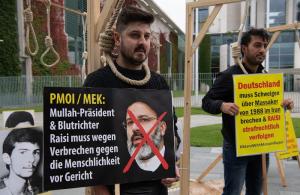(Video) Iran’s regime officials must face justice, say Iranians in Stockholm
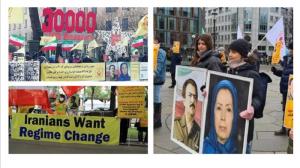
For months, freedom-loving Iranians and family members of the victims of Iran’s summer 1988 massacre have been rallying in Stockholm, calling on the international community to hold the mullahs’ regime accountable for violations against humanity.
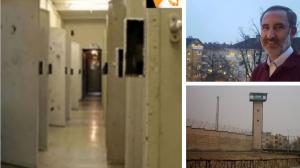
Hamid Noury has been on trial for his role in the mass killings of 1988 of over 30,000 political prisoners, mostly members and supporters of the Iranian opposition People’s Mojahedin Organization of Iran (PMOI/MEK).
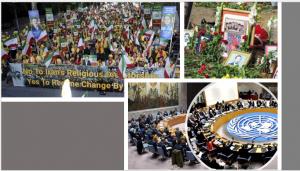
The protesting Iranians in Stockholm are calling for the referral of the Iranian regime’s appalling human rights dossier to the United Nations Security Council and thus to the International Criminal Court.
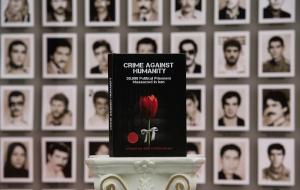
More than 33 years ago, in the summer of 1988 the regime ruling Iran launched a massive killing in prisons across the country. Political prisoners from a variety of backgrounds were the target of a horrific campaign resulting in 30,000 executions.
The Iranian regime Supreme Leader Khamenei must be held accountable for his direct role in leading the regime’s atrocities and horrific human rights dossier.
They have been traveling from across Europe to gather in the subzero temperatures to voice their demands as an Iranian regime henchman, Hamid Noury, has been on trial for his role in the mass killings of 1988 of over 30,000 political prisoners, mostly members and supporters of the Iranian opposition People’s Mojahedin Organization of Iran (PMOI/MEK).
More than 33 years ago, in the summer of 1988 the regime ruling Iran launched a massive killing spree in prisons across the country. Political prisoners from a variety of backgrounds were the target of a horrific campaign resulting in the mass killings that targeted minors, seniors, and even pregnant women.
Current regime President Ebrahim Raisi was a member of the notorious “Death Commissions” in Tehran in charge of holding minutes-long kangaroo “trials” determining the fates of thousands of political prisoners, many of whom have already served their prison sentences and held behind bars specifically to be eventually executed.
The Iranian regime Supreme Leader Ali Khamenei must also be held accountable for his direct role in leading the regime’s atrocities and horrific human rights dossier.
The protesting Iranians in Stockholm are calling for the referral of the Iranian regime’s appalling human rights dossier to the United Nations Security Council and thus to the International Criminal Court. Proper tribunals are necessary to hold Iranian regime officials accountable for their crimes against humanity.
The 1988 massacre of over 30,000 political prisoners has been described as the worst crime against humanity since World War II. A former Iranian Intelligence Ministry deputy recorded a video clip in 2008, in which he revealed that the mullahs’ regime had massacred some 33,700 political prisoners and buried them in mass graves. According to Reza Malek, there are between 170 to 190 mass graves across the country.
Geoffrey Robertson, QC, who has thoroughly investigated the 1988 massacre, underscored that this mass killing amounts to “genocide.” It has been a crime to kill prisoners for centuries.
The difference is that if it amounts to a particular crime of genocide, there is an international convention that binds countries to take action and punish that genocide,” he said in an online conference held in August last year.
“It seems to me that there is very strong evidence that this was a genocide. It applies to killing or torturing a certain group for their religious beliefs. A religious group that did not accept the backward ideology of the Iranian regime,” Robertson added referring to Khomeini’s fatwa as the basis of the massacre.
“There is no doubt that there is a case for prosecuting Raisi and others. There has been a crime committed that engages international responsibility.
Something must be done about it as has been done against the perpetrators of the Srebrenica massacre,” he reiterated.
Shahin Gobadi
NCRI
+33 6 51 65 32 31
email us here
Late in July 1988 as the war with Iraq was ending, prisons in Iran that were crammed with opponents suddenly went into lockdown.
Legal Disclaimer:
EIN Presswire provides this news content "as is" without warranty of any kind. We do not accept any responsibility or liability for the accuracy, content, images, videos, licenses, completeness, legality, or reliability of the information contained in this article. If you have any complaints or copyright issues related to this article, kindly contact the author above.


